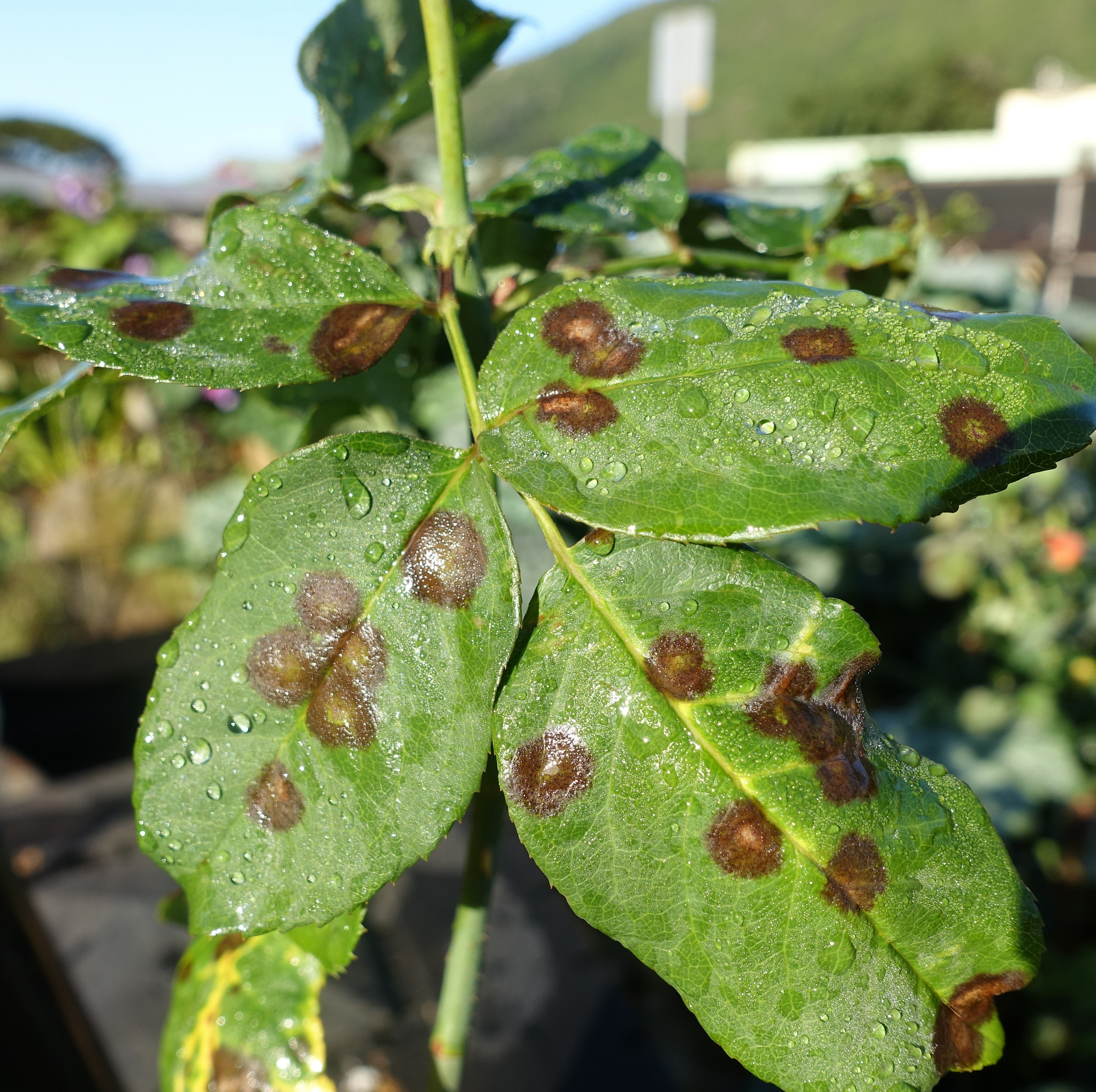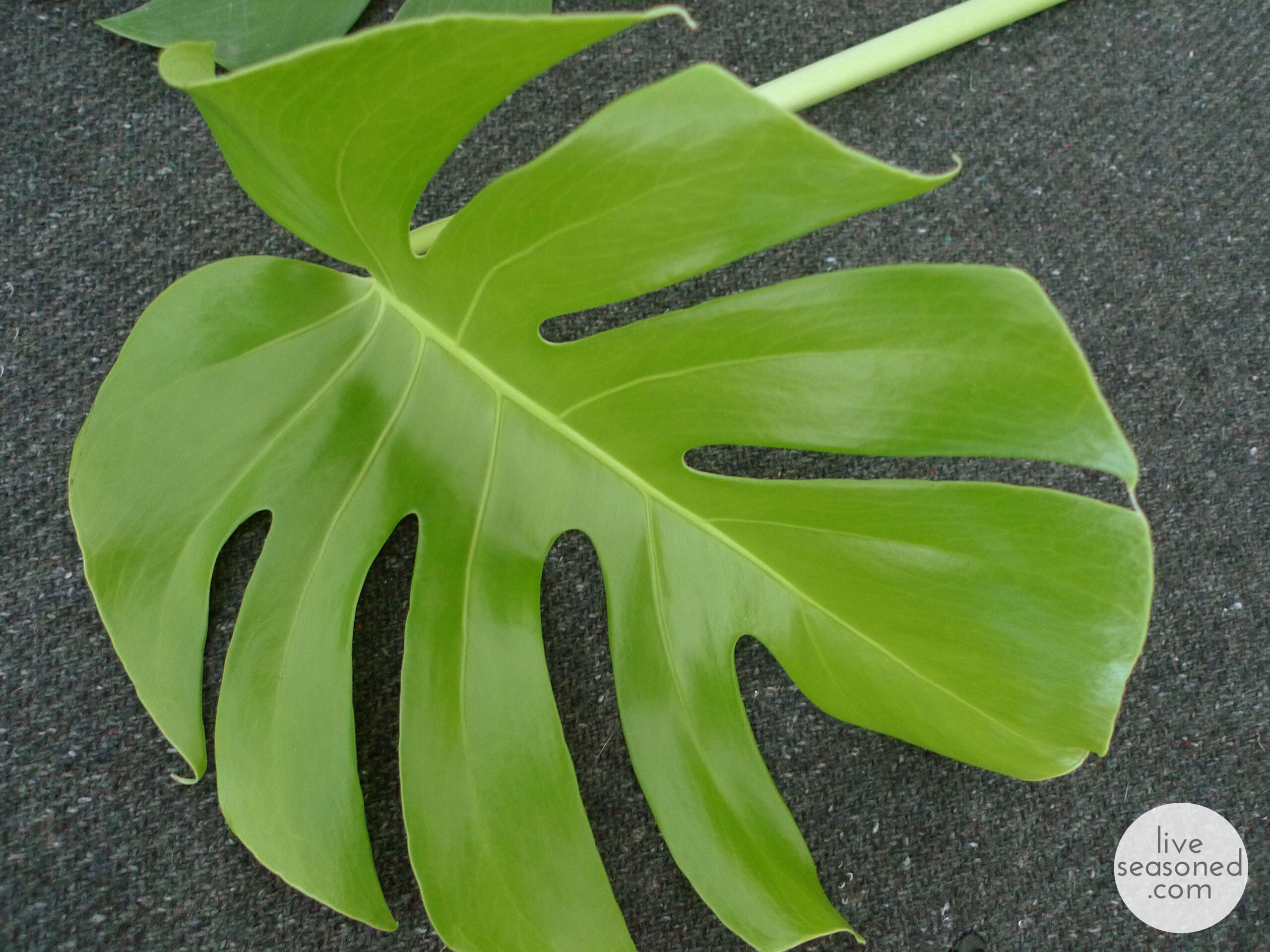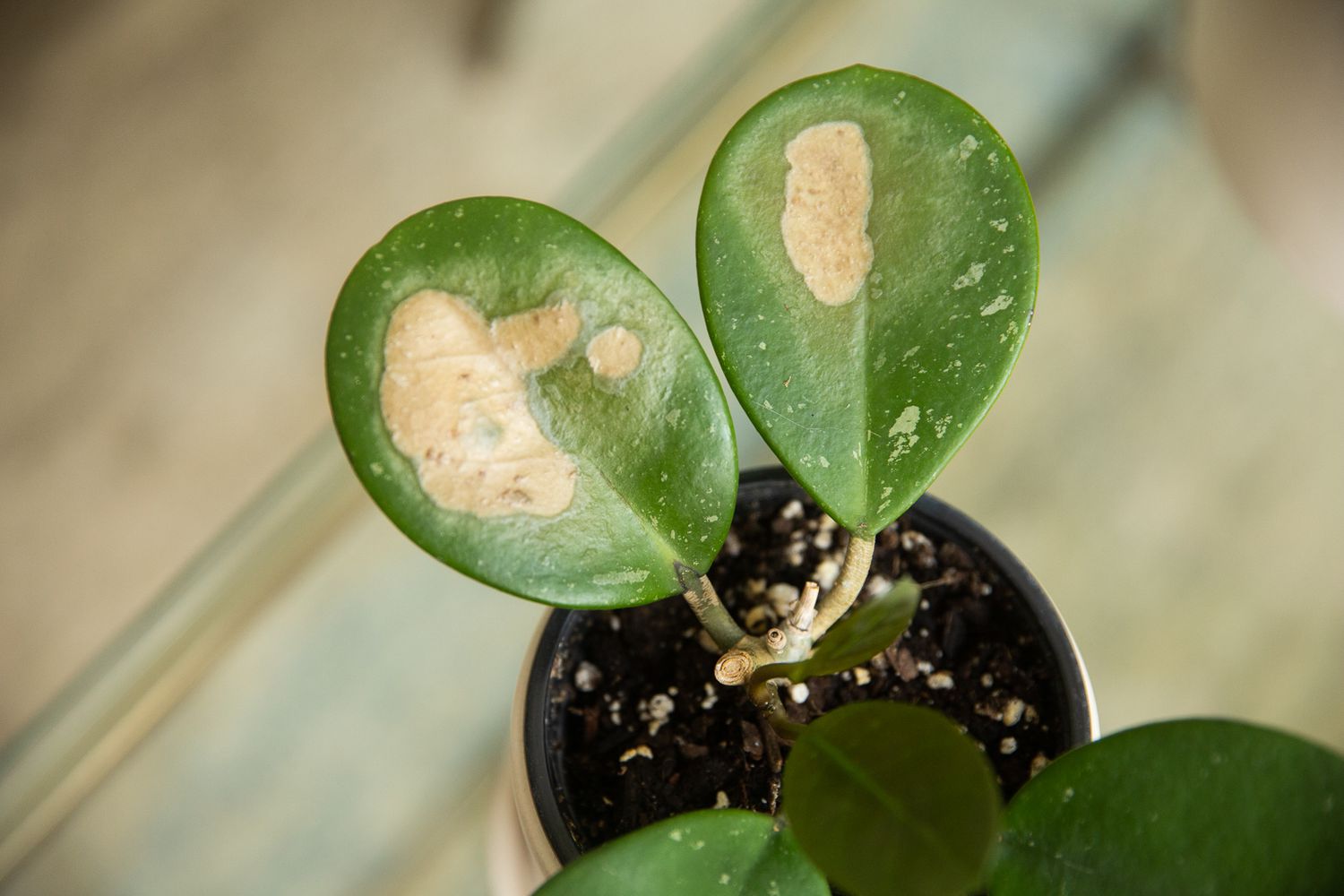What Causes Black Spots on Leaves?
Black spots on leaves can be a common issue for gardeners and plant enthusiasts. They can detract from the beauty of your plants and signal underlying problems that need to be addressed. Understanding what causes these black spots can help you take the necessary steps to prevent and treat them.
1. Fungal Infections
One of the most common causes of black spots on leaves is fungal infections. Fungi like powdery mildew, downy mildew, and black spot can thrive in damp and humid conditions. These infections typically start as tiny black spots on the leaves and can quickly spread, causing the leaves to yellow and eventually fall off. To prevent fungal infections, make sure to water your plants at the base, avoid overhead watering, and provide good air circulation around your plants.
2. Bacterial Infections
Black spots on leaves can also be caused by bacterial infections. Bacteria like Xanthomonas and Pseudomonas can infect plants through wounds or natural openings, causing black lesions on the leaves. These infections can be more difficult to treat than fungal infections and may require the use of antibacterial sprays. To prevent bacterial infections, avoid overwatering your plants and remove any infected leaves promptly.
3. Environmental Stress
Environmental stress factors like extreme heat, cold, or drought can also cause black spots on leaves. When plants are subjected to extreme conditions, their immune systems weaken, making them more susceptible to infections and diseases. To prevent environmental stress, make sure to plant your garden in suitable locations and provide proper care and maintenance to your plants.
4. Nutrient Deficiencies
Black spots on leaves can sometimes be a sign of nutrient deficiencies in plants. Nutrients like magnesium, iron, and potassium are essential for healthy plant growth and immune function. If your plants are lacking in these nutrients, they may develop black spots on their leaves. To prevent nutrient deficiencies, make sure to fertilize your plants regularly and provide a balanced diet of essential nutrients.
5. Pests
Some pests like aphids, spider mites, and scale insects can also cause black spots on leaves. These pests suck the sap from the leaves, causing them to turn black and eventually die off. To prevent pest infestations, regularly inspect your plants for signs of pests and use natural or chemical methods to control them.
Conclusion
Black spots on leaves can be a frustrating problem for gardeners, but with proper care and attention, they can be prevented and treated. By understanding the causes of black spots on leaves and taking proactive measures to address them, you can keep your plants healthy and thriving. Remember to provide your plants with the right growing conditions, monitor them regularly for signs of pests and diseases, and take prompt action to address any issues that arise.



